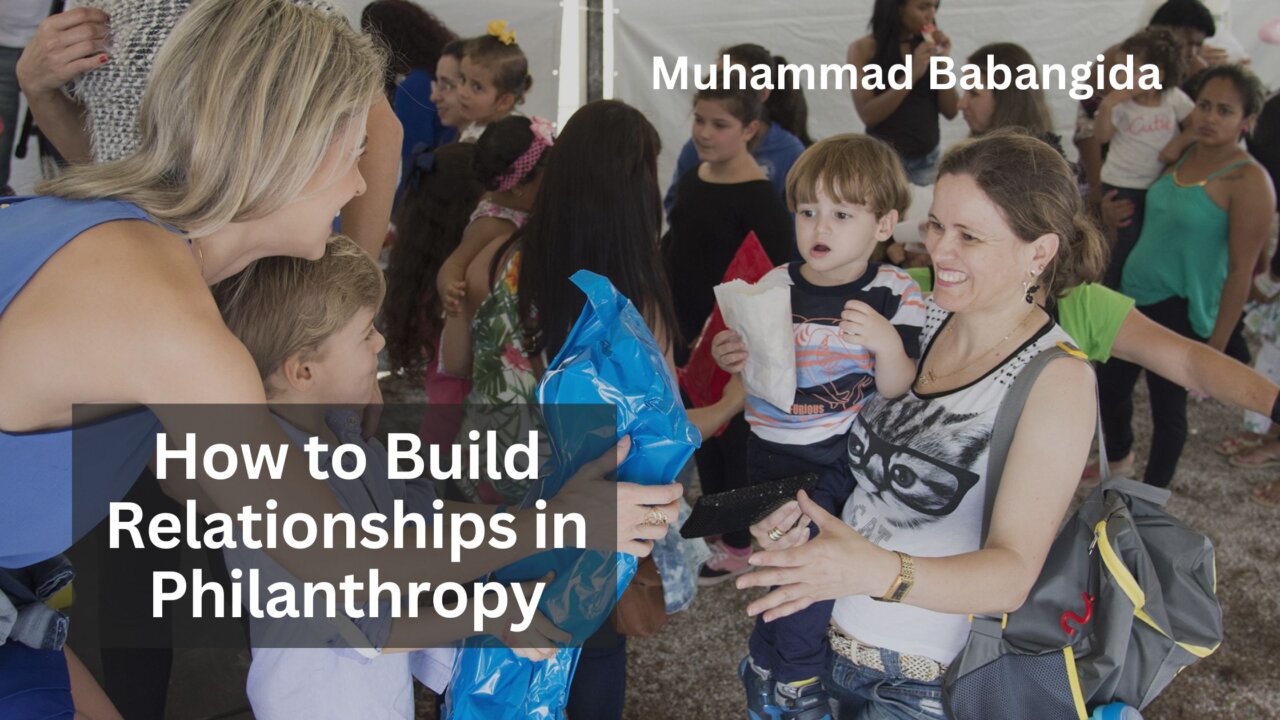Building relationships in philanthropy is a nuanced and critical aspect of creating lasting impact. It’s not merely about fundraising but forging connections that align with shared values and goals. Successful philanthropic endeavors rely heavily on developing and maintaining solid and genuine relationships with donors, beneficiaries, and partners.
At its core, philanthropy is about making a difference in society through charitable work and donations. However, the success of any philanthropic effort largely hinges on the strength of the relationships behind it. These relationships range from those with individual donors and charitable organizations to partnerships with other nonprofits and communities being served.
Traditionally, philanthropy focused primarily on the financial aspect of giving. Yet, modern philanthropy has evolved to emphasize a more holistic approach, where relationship-building is just as important as fundraising. This shift recognizes that collaborative efforts and shared visions achieve long-term, sustainable impact.
Digital platforms provide new avenues for engagement but call for a more nuanced understanding of communication strategies. In this environment, philanthropy professionals must navigate the complexities of building meaningful, long-lasting relationships in virtual and physical spaces.
Understanding Your Stakeholders
The first step in building effective philanthropic relationships is understanding your stakeholders. This encompasses identifying and appreciating donors, beneficiaries, and partners’ interests, motivations, and expectations.
Donors, for instance, can range from individuals with personal reasons for supporting a cause to large corporations with strategic philanthropic goals. Understanding these motivations is crucial in crafting personalized engagement strategies. This might involve tailored communications that resonate with individual donor interests or aligning corporate donors with initiatives that reflect their corporate social responsibility objectives.
Beneficiaries, the people or causes at the heart of philanthropic efforts, also require a deep understanding. Building relationships with beneficiaries means actively listening to their needs and ensuring their voices are central in shaping charitable initiatives. This approach not only fosters trust but also ensures that efforts are effectively addressing real needs.
Similarly, building partnerships with other organizations or entities in the philanthropy sector requires understanding their goals and working cultures. Collaborative relationships in philanthropy should be based on complementary strengths and shared objectives, ensuring that all parties work synergistically towards common goals.
Effective Communication
Effective communication is the backbone of relationship-building in philanthropy. This encompasses not just how you convey your message but also how you listen and respond to stakeholders.
In terms of outreach, storytelling is a powerful tool. Sharing compelling narratives highlighting your work’s impact can emotionally connect donors and partners to your cause. However, this communication must be authentic and transparent, providing honest insights into successes and challenges.
Active listening is equally important. This involves being attentive to the feedback and concerns of donors, beneficiaries, and partners. For instance, understanding a donor’s feedback can help tailor future interactions and make them feel valued and heard. Similarly, listening to beneficiaries ensures that their needs are being accurately addressed.
Digital communication strategies also play a crucial role in today’s philanthropy landscape. Utilizing social media, email newsletters, and other online platforms effectively can help maintain regular, engaging contact with your network. However, balancing digital communication with personal interactions is essential to build deeper, more meaningful relationships.
Fostering Trust and Transparency
Trust and transparency are fundamental in establishing and maintaining long-term philanthropic relationships. Stakeholders need to have confidence in the integrity and effectiveness of their philanthropic efforts.
Transparency involves openly sharing information about how funds are being used, the progress of initiatives, and the impact being made. Regular reports, impact assessments, and financial disclosures can help build this transparency. This openness builds trust with donors and establishes a culture of accountability within the organization.
Building trust also means being consistent and reliable in your interactions and commitments. This could involve consistently meeting project timelines, honoring stakeholder commitments, and responding to inquiries and feedback.
Furthermore, demonstrating impact is crucial in fostering trust. This means showcasing the successes, being honest about the challenges, and learning from failures. Sharing philanthropic efforts’ positive and negative outcomes demonstrates a commitment to continuous improvement and authenticity.
